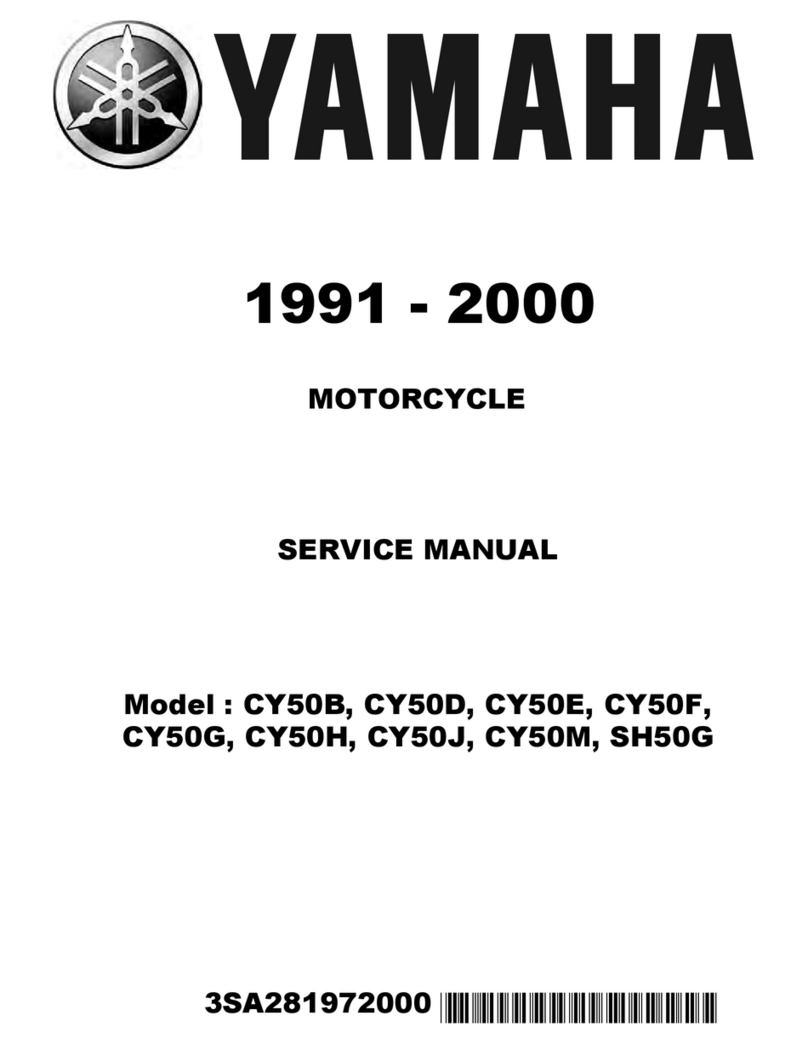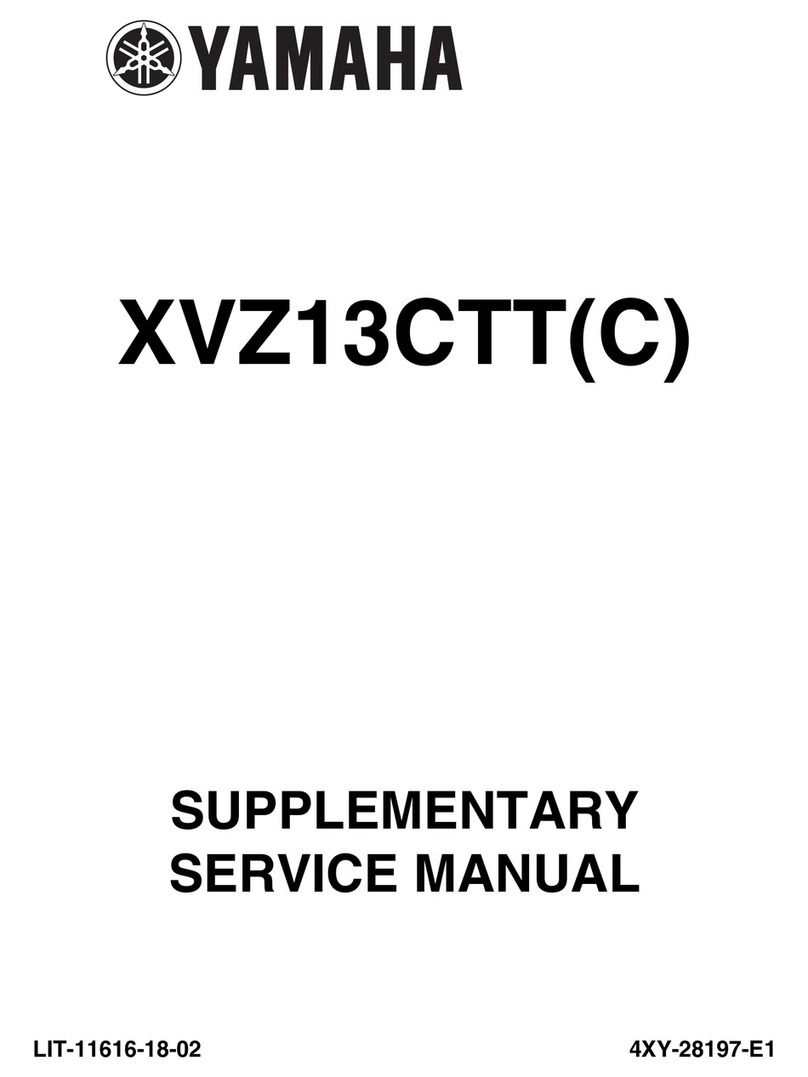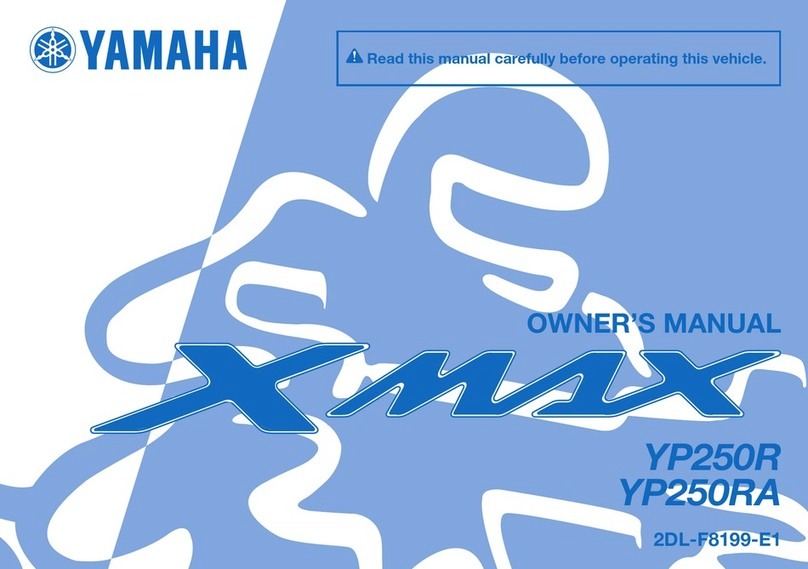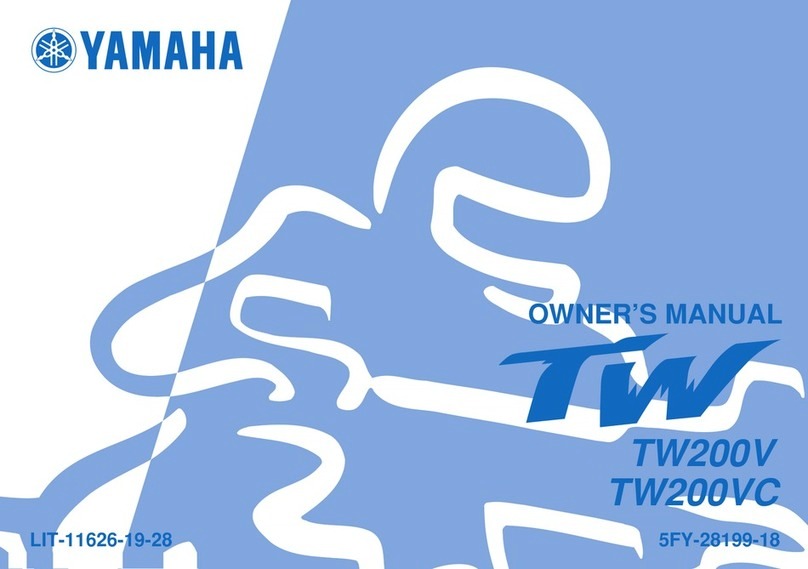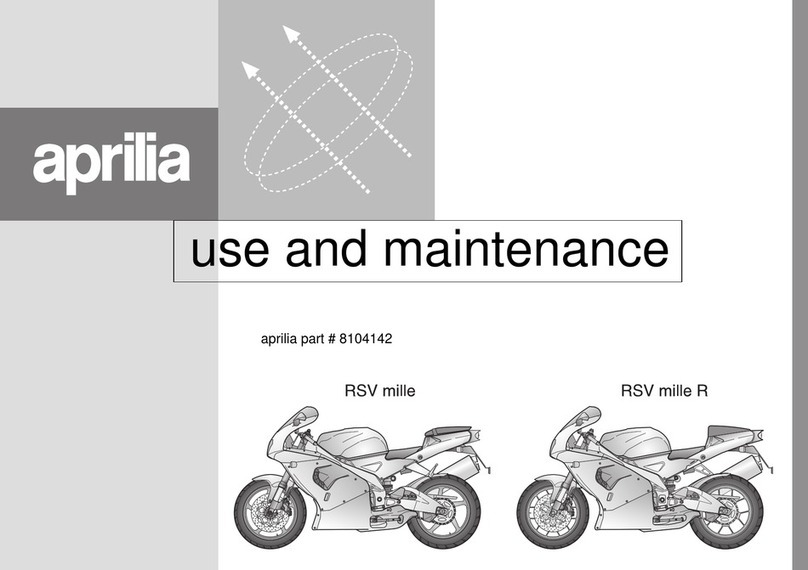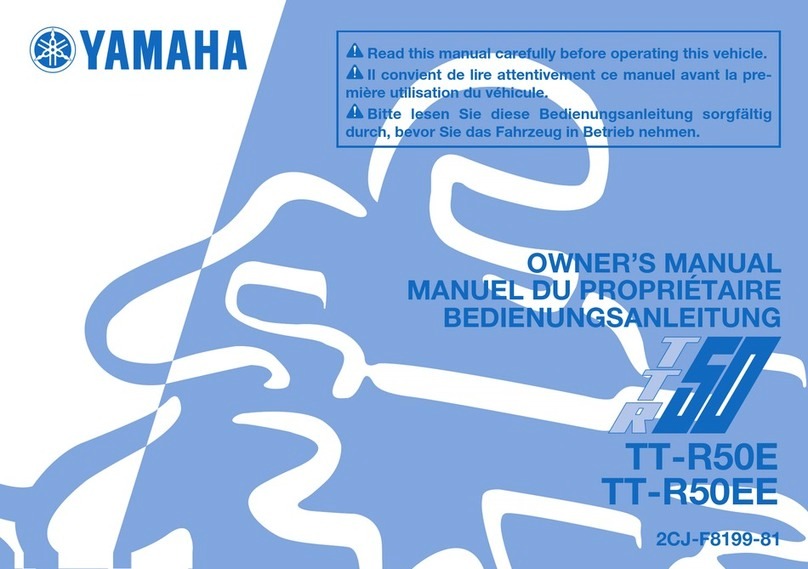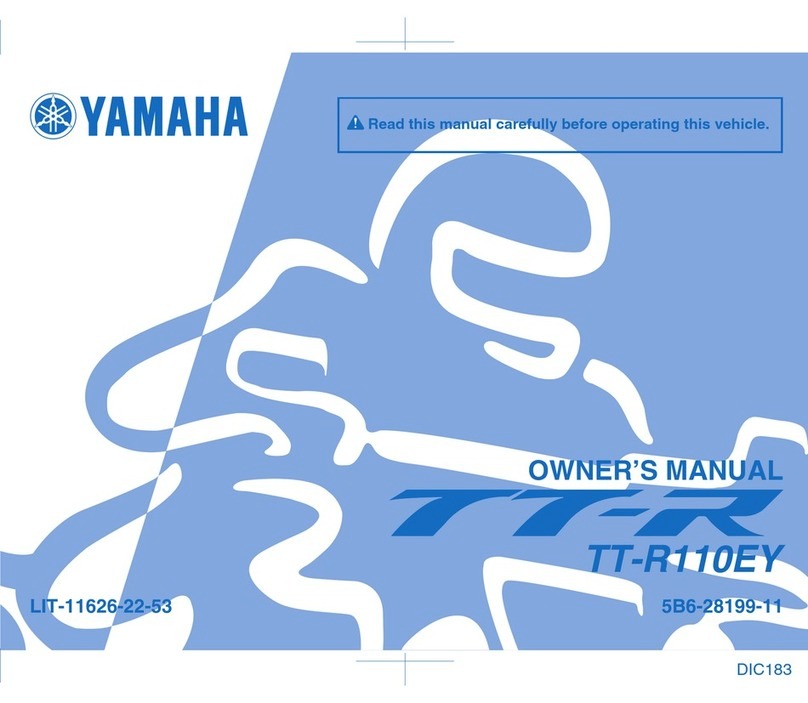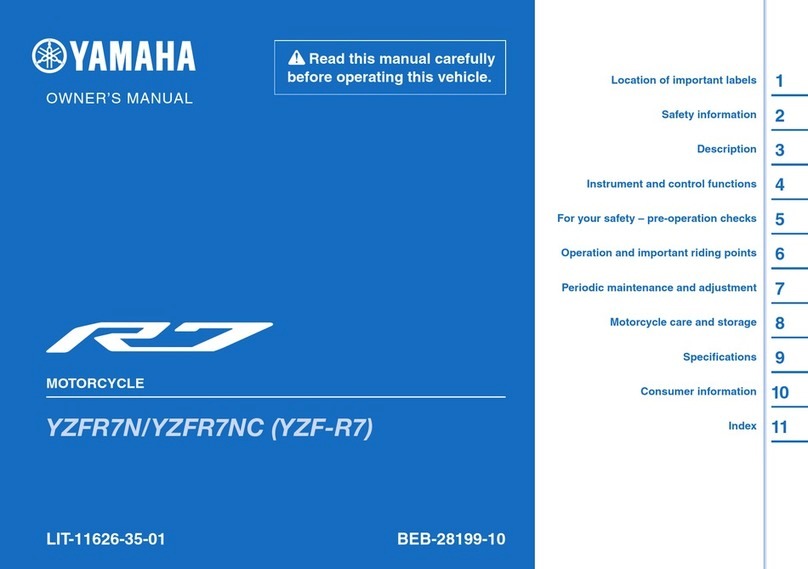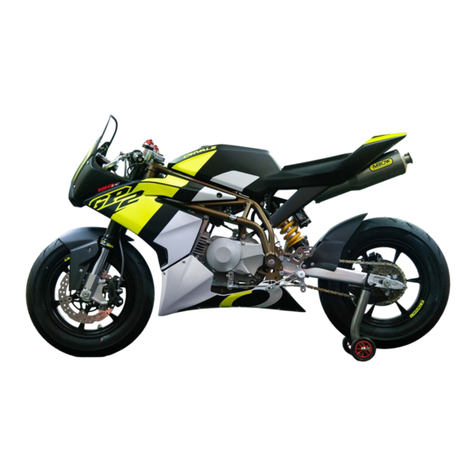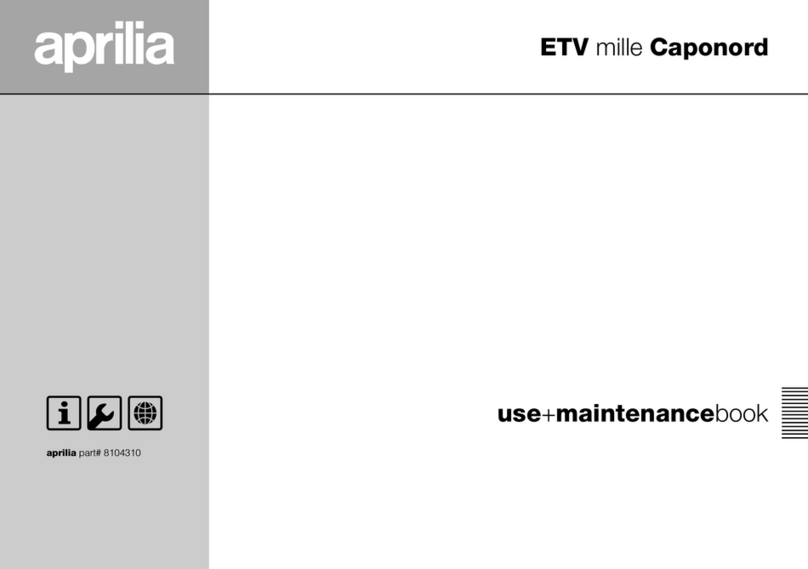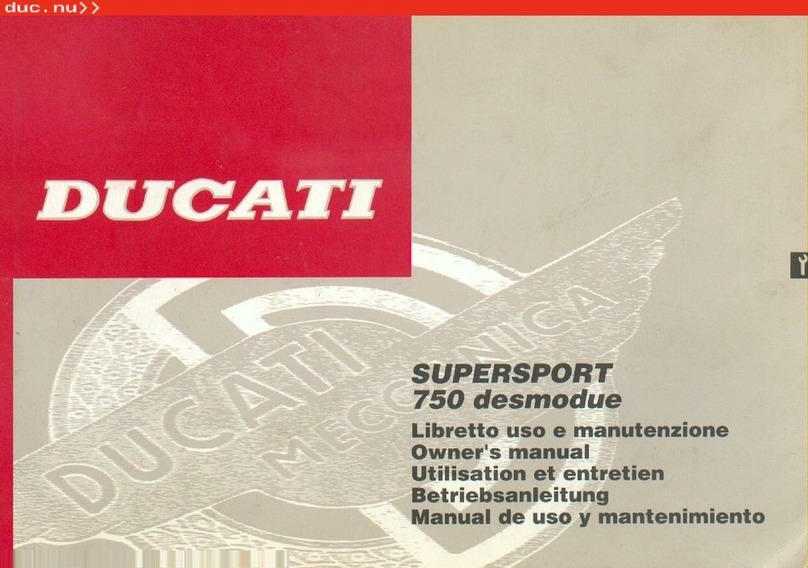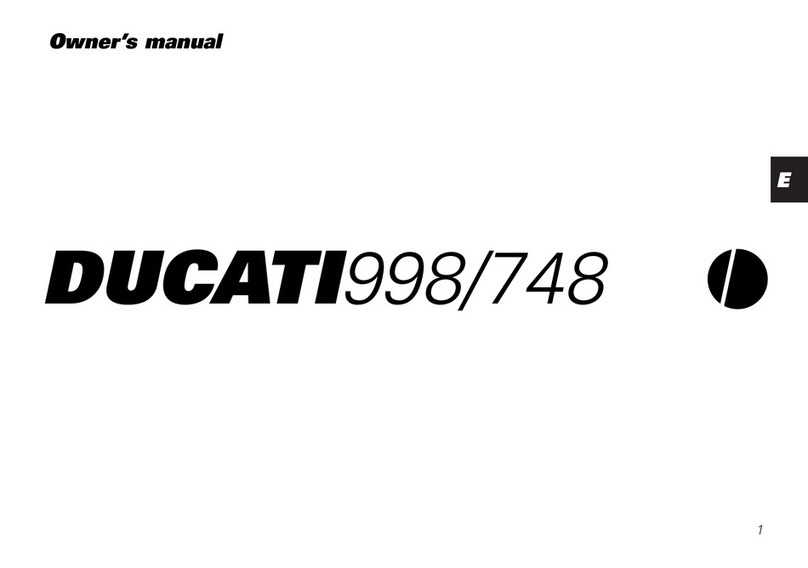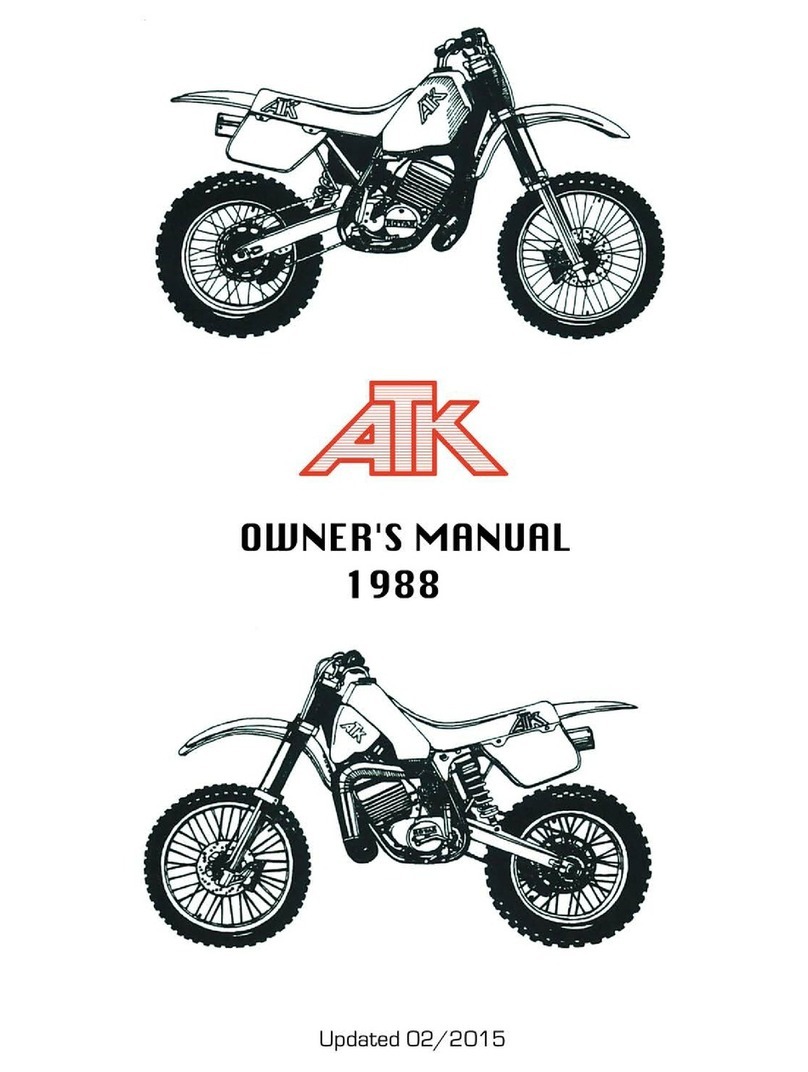WARNING HOW TO USE THIS MANUAL
This manual has been written by Belgarda S.pA mainiy for use by Yamaha dealers and their skilled
mechanics. It is impossible to provide amechanic with all the information necessary in asingle manual.
Presumably, though, the people who use this manual for the maintenance and repair of Yamaha motorcycles
will already have elementary knowledge of the principles of mechanics and the procedures for motorcycle
repair techniques. Without this knowledge, repair or maintenance work on this model could prove inefficient
and/or dangerous.
Yamaha makes constant efforts to improve all its models. Important alterations or changes to procedures
characteristics will be communicated to all Yamaha dealers and published in future editions of this manual.
Especially important information in this manual is highlighted by the graphics shown below.
TECHNICAL PUBLICATIONS
R&D TECHNICAL DIVISION
MOTORCYCLE GROUP
BELGARDA S.p.A.
PARTICULARLY IMPORTANT INFORMATION
The manual includes the following symbols and relative remarks:
AWARNING
CAUTION:
NOTE:
This safety alert symbol means: ATTENTION" BE CAREFUL! YOUR SAFETY IS
AT RISK!
The WARNING symbol indicates special procedures to be followed to avoid injury
to the rider or the person inspecting or repairing the cycle.
CAUTION indicates special precautions to be taken to avoid damage to the cycle.
ANOTE provides key information designed to make procedures easier or clearer.
LAYOUT
This manual consists of chapters on the principal cycle components (see "Symbol Legend").
(1)
(2)
(3)
This symbol, in the top right-hand corner of each page, identifies the chapter graphically.
This title appears at the top of each page to the left of the chapter symbol,
The final caption in the chapter "Periodic inspection and adjustment".
FORMAT
All the procedures suggested in this manual are arranged in asequential, step by step order. The information
is written in such away as to provide the mechanic with ahandy, easy to read reference containing
explanations on all disassembly, repair, assembly and inspection operations.
Particularly important procedure sequences (4) are shown between two rows of asterisks (*) and each
procedure is preceded by the symbol "•".
IMPORTANT SPECIFICATIONS
•All data and special tools are contained in insets preceded by the specific symbol (5).
•Anumber inscribed in round brackets indicates (6) the number of apart, whereas aletter of the alphabet
indicates alignment data or marks (7); further indications are signalled by aletter eclosed in an inset (8).
•The condition of afaulty component precedes Qn arrow followed by the procedure required and the symbol
(9).
ILLUSTRATED SEQUENCES
The simplest disassembly and reassembly sequences are shown in an exploded drawing of the parts and
atable in which the parts themselves are numbered in progressive order of disassembly. Follow the numbers
progressively to perform the disassembly sequence. Follow the numbered operations in the reverse order
to perform the reassembly sequence. The table also includes notes to facilitate operations.
EXPLODED DIAGRAMS
In some chapters the disassembly section is preceded by exploded diagrams. These are designed to aid
identification of components for proper assembly, as well as the assembly procedures themselves.
ir\woi\J
ri-M MJh"> I
f*4fl
[ar-ssa^: i
>x, \mi±«*4*» **- **- **r* \v'+r***'*
fi^tV^i
J§P££^^..






